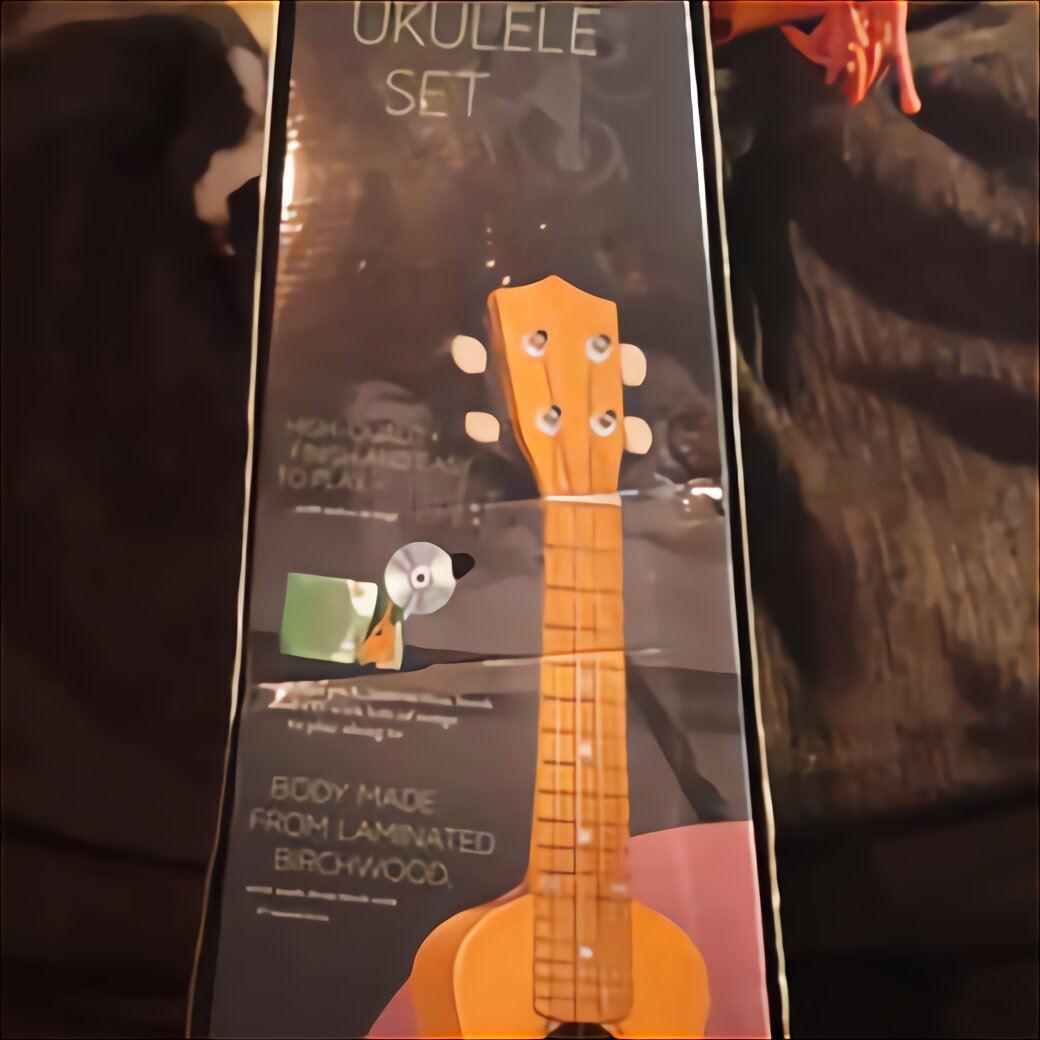Ukulele Lesson - Compose Your Own Melodies
Ukulele Lesson - Compose Your Own Melodies
Blog Article

The ukulele is a very interesting and beautiful instrument. It comes in a variety of shapes and sizes. The typical ukulele most people think of is the four string, tenor ukulele. It is tuned GCEA.
Now that you have Ukulele for sale in uk two notes at your disposal you can start to practice composing. Maybe you think that two notes are too little material to compose but it is an excellent exercise to start making the most of two notes. You can vary the rhythms and the number of times you play a note.
The soprano is the traditional size of ukulele. It has the sound associated with the ukulele. This is very important for people who want that Hawaiian sound when they play.
There is also a need for beginners to play more 'jazzy' chords. Often they are too intimidated to tackle these chords. However, they can often be easier to play than the standard chords. So, in this article I'll be going through a number of chords that use only one finger to play them and even two chords that require no fingers at all.
The Ukulele resembles a small guitar with a fretted fingerboard and four strings that are picked or strummed. There are four common sizes. The soprano or standard size is the smallest and was developed first. The The concert ukulele was developed in the 1920's and it is slightly larger and louder with a more deeper tone than the soprano. The tenor Ukulele with its increased size, greater volume and deeper bass tone was developed shortly after. In the 1940's the largest size called the baritone was developed. Some less common ukuleles are the sopranino and bass.
Fsus2 is a very jazzy sounding chord, so you have to be quite careful how you use it. It is played by putting Ukulele for sale your index finger on the first fret of the E string. The best way to use it is to switch between F and Fsus2 whilst playing. This is a trick that Zack Condon of Beirut often uses.
This instrument will teach you the right tone the string should have when plucked. Remember when tuning your ukulele that your 4th string must be tuned higher than the 3rd string which is tuned to middle C. The 4th string should be tuned to G. You have to make sure that the lowest note on the ukulele is the 3rd string. This is a bit different than tuning a guitar, but once you have gotten the hang of it, you can do it properly.
Hold down the second string (from the Shop now top) at the 4th fret, and pick it alternating with your open string underneath it. Tune this open 3rd string to sound the same as fretted one above it.